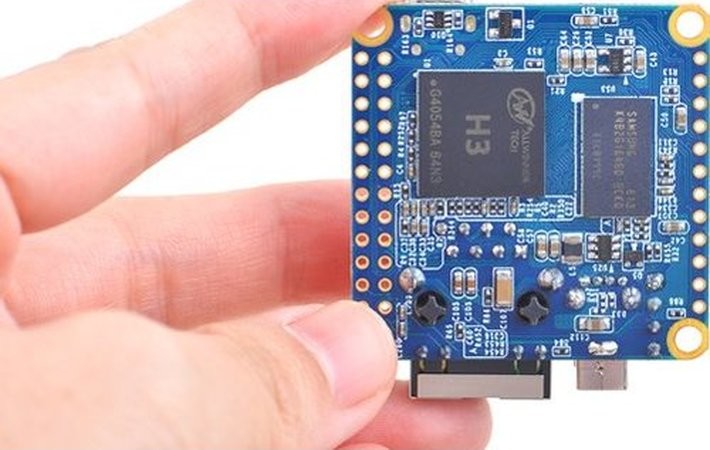
Published on 12/20/2016 | Technology
A micro-server revolution is happening as we speak. Sub-$10 super computers that fit in the palm of your hand. The Raspberry Pi Zero [$5 - lowest price until now], the NanoPi Neo [$8, with Ethernet], the Chip [$9 - with 4GB storage, WiFi and Bluetooth] are available already and many more are coming.To put things in perspective. These micro-servers are clocking at 3-4 times the same CPU speed the first Google servers had in 1998. They have the same or even up to 4 times more memory. Back in 1998 you would pay tens of thousands of dollars for such a server.
In February 2013 the first Raspberry Pi was launched for $25. In February 2015 the Raspberry Pi 2 costed $35 and was many times more powerful. February 2016 saw the same price but 64 bit, WiFi, Bluetooth, etc. November 2015 the Raspberry Pi Zero at $5 was born. Immediately there was an enormous shortage and demand is still many times bigger than supply.
Given that in two and half years times a Raspberry Pi went from $25 to $5, it is not unthinkable that in another two and a half years there will be a Raspberry Pi or similar chip/board for $1. This means that in practise it will be far more expensive to include a micro-controller or a custom hardware solution in most appliances and as such we will see general compute power in almost all electronics.
Now let's imagine the future of super computers inside each device we know. The last time this happened it was called the mobile revolution and we quickly saw software eating hardware appliances. My prediction is that we will see the same happening this time. You will no longer need twenty five different devices. You will use more general purpose devices and software apps to personalise usage. Think about a doctor as an example. Why would they need a stethoscope, a blood pressure meter, a thermometer, an otoscope [for seeing inside your ears], etc? Why not have one box with a set of usb sensors that you can connect to the cloud, a mobile or a screen? All of a sudden computer algorithms will assist the doctor. What if the doctor is no longer needed to be in the room? What if we could buy a complete kit for under a $100? What if we have a monthly subscription for a Doctor as a Service contract that includes the kit for free? What if computers help you to go through all the steps of measuring and if there is nothing special you might not even talk to the doctor at all? One simple use case, one simple technology, but a complete overhaul of the medical industry. That is the power of exponential technologies...
This article was originally posted on LinkedIn.